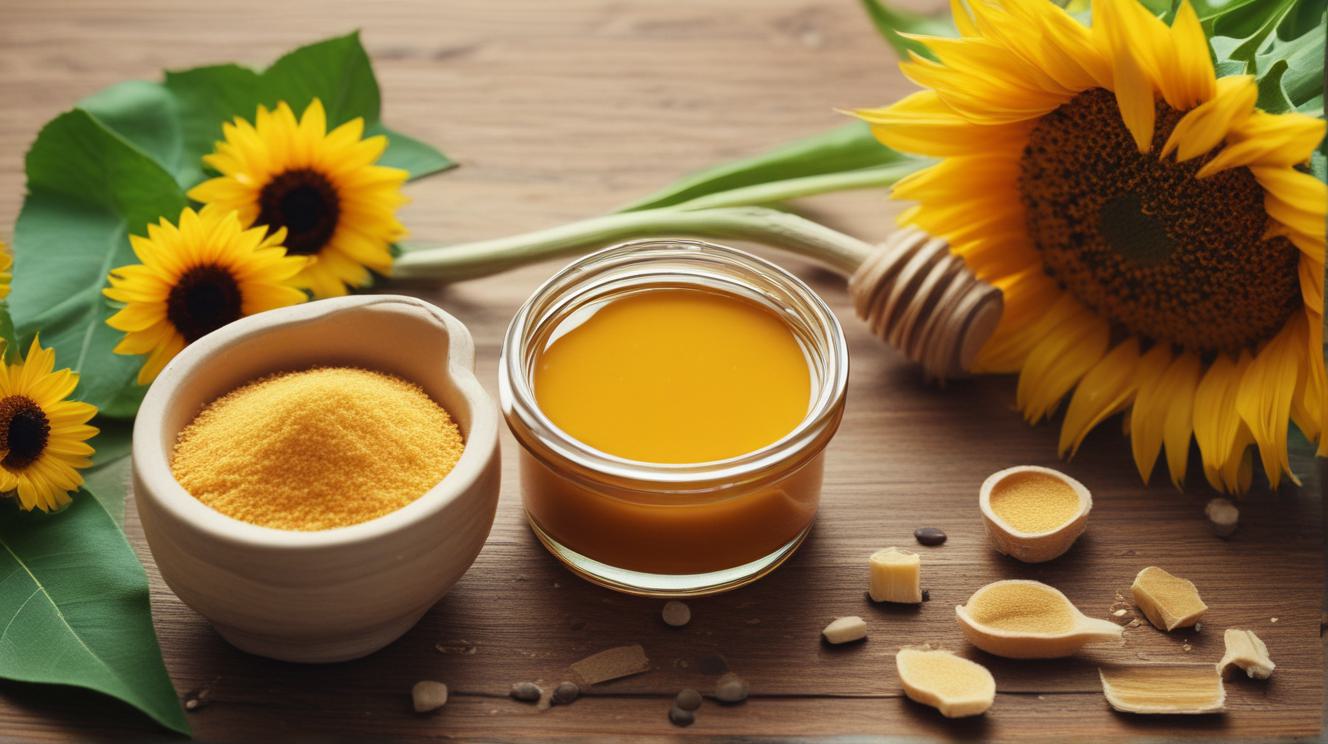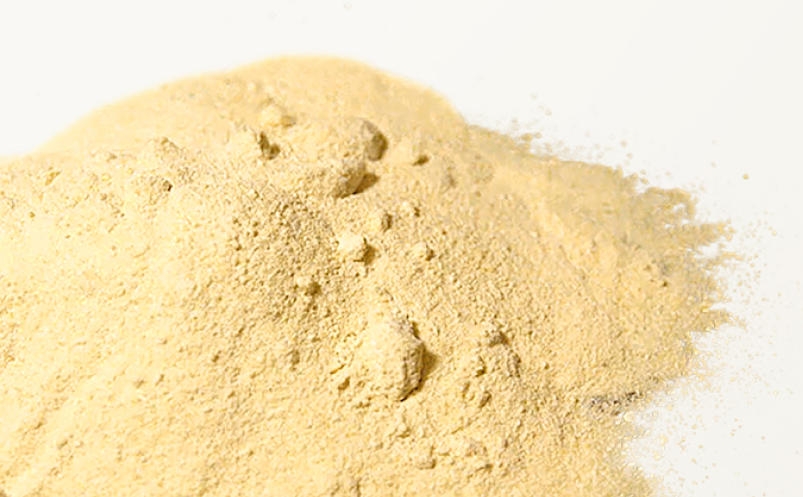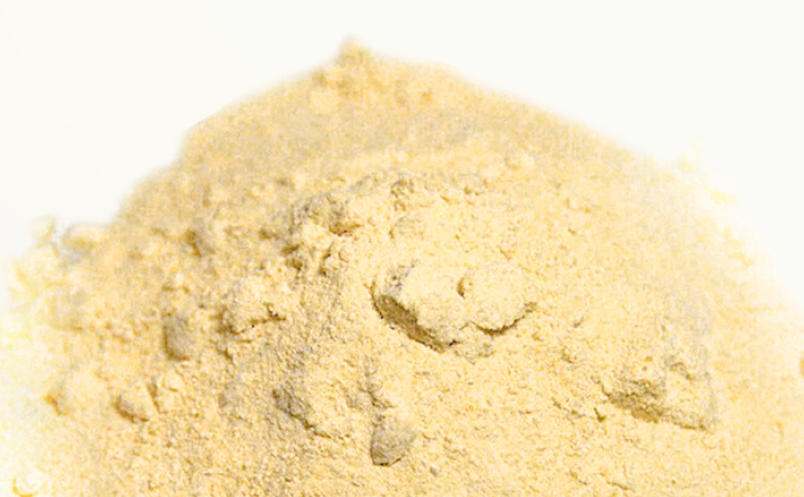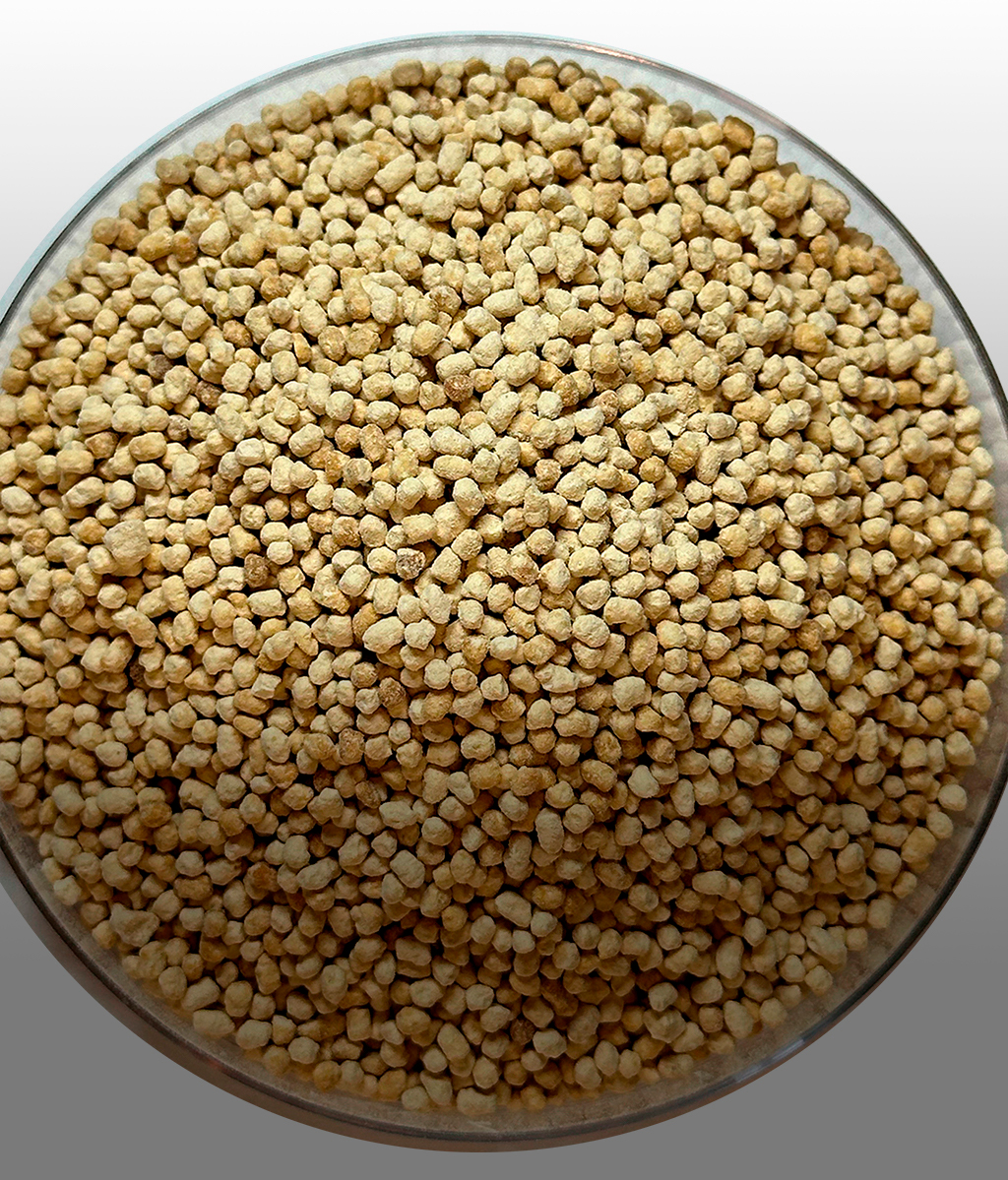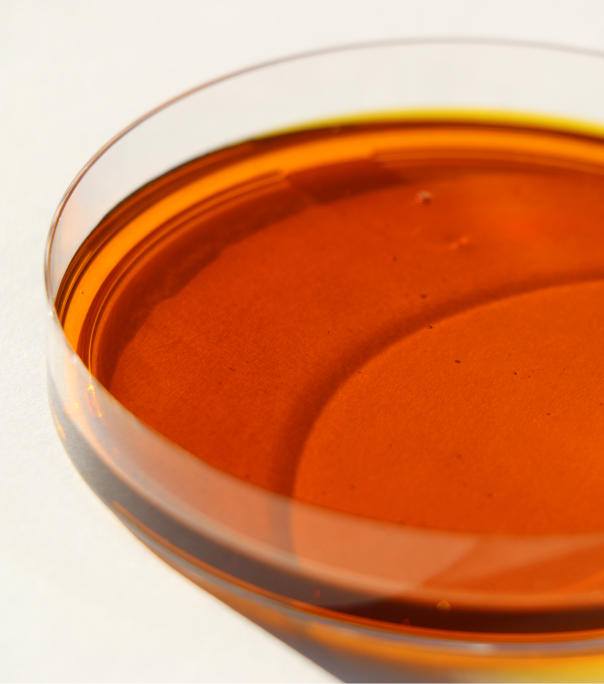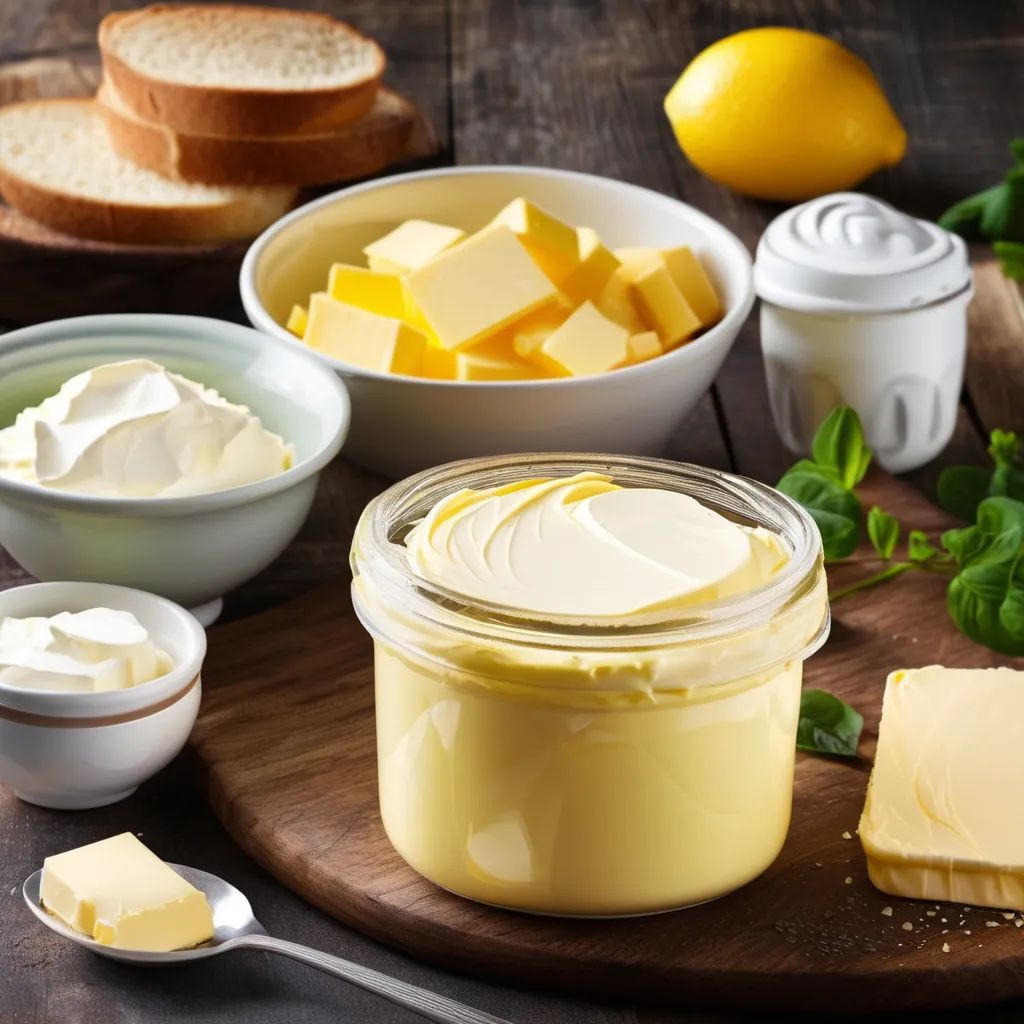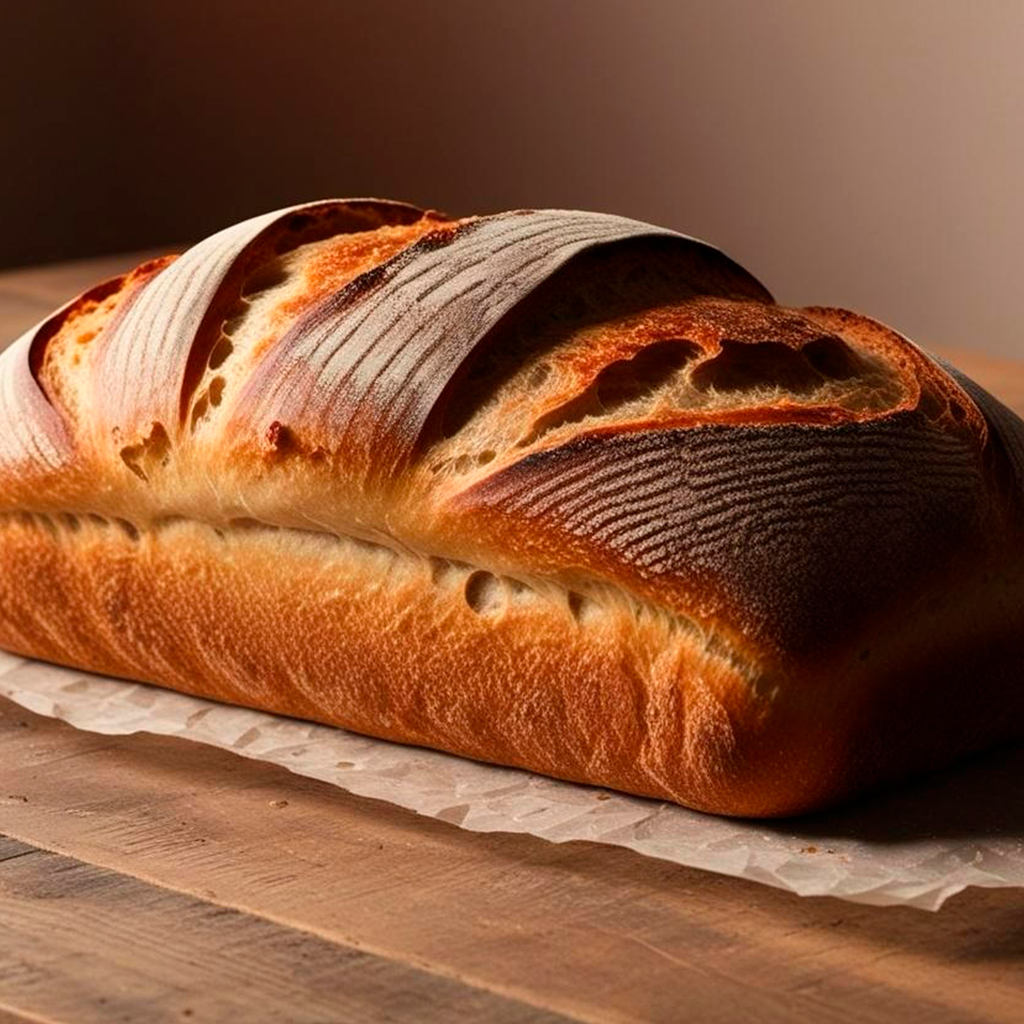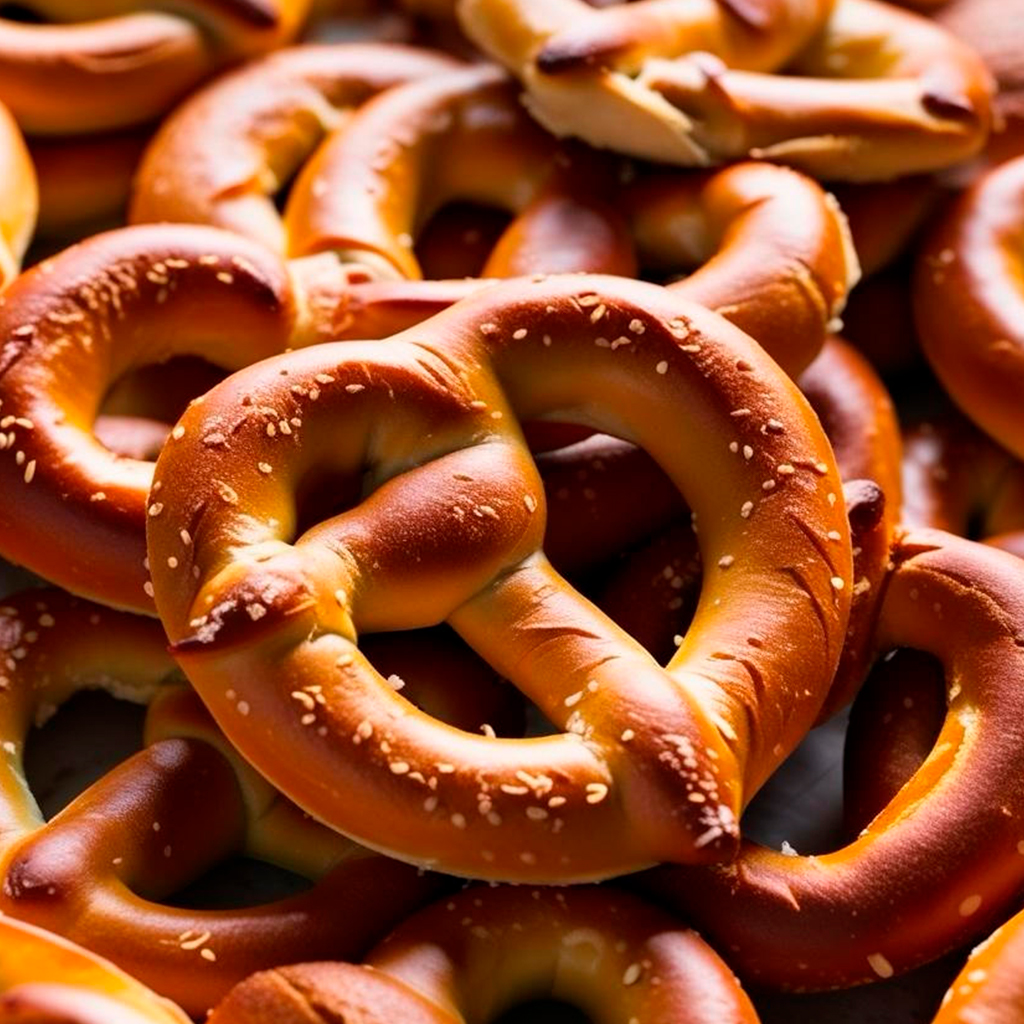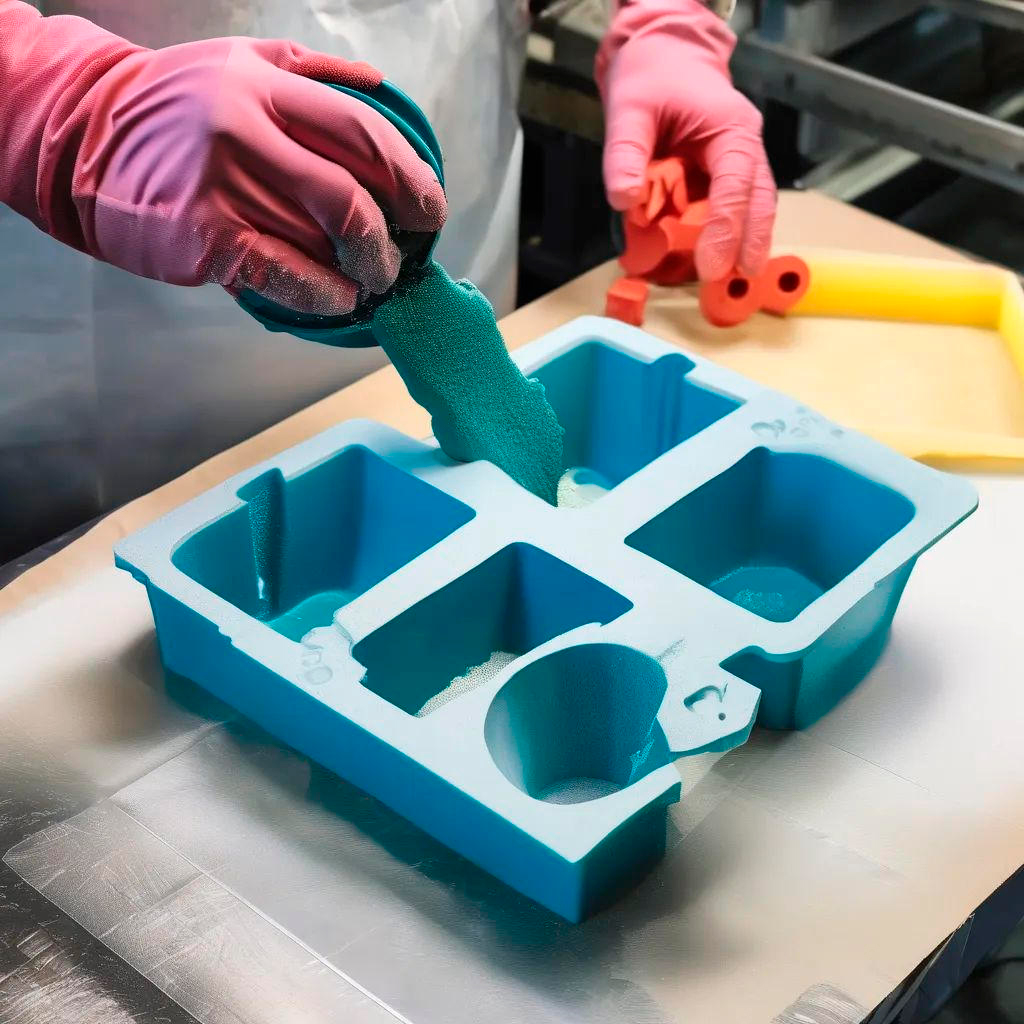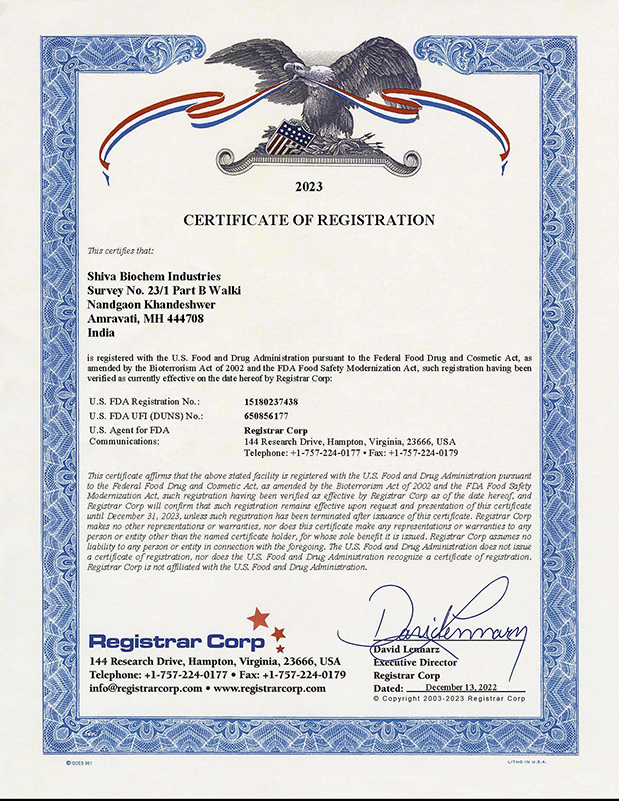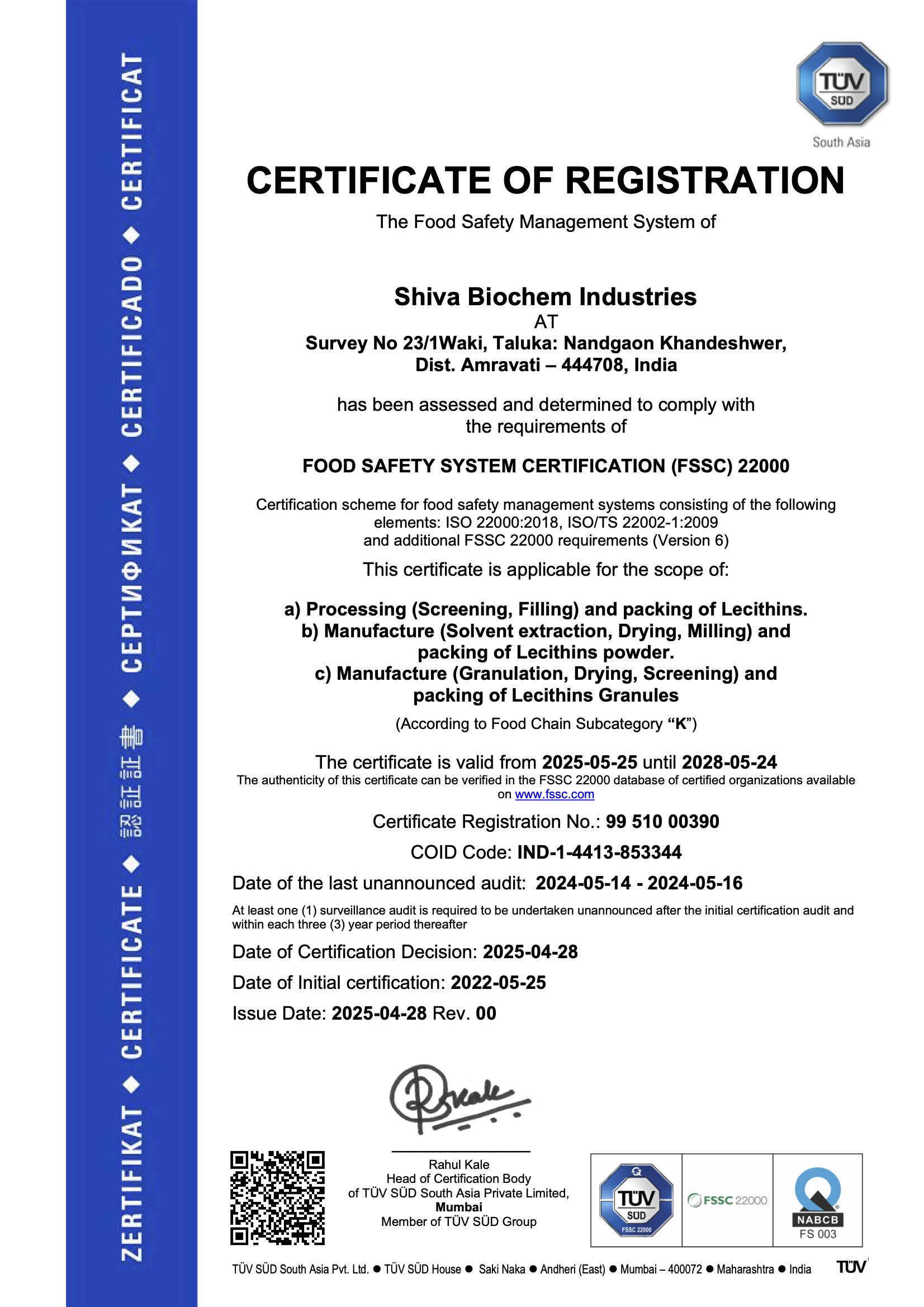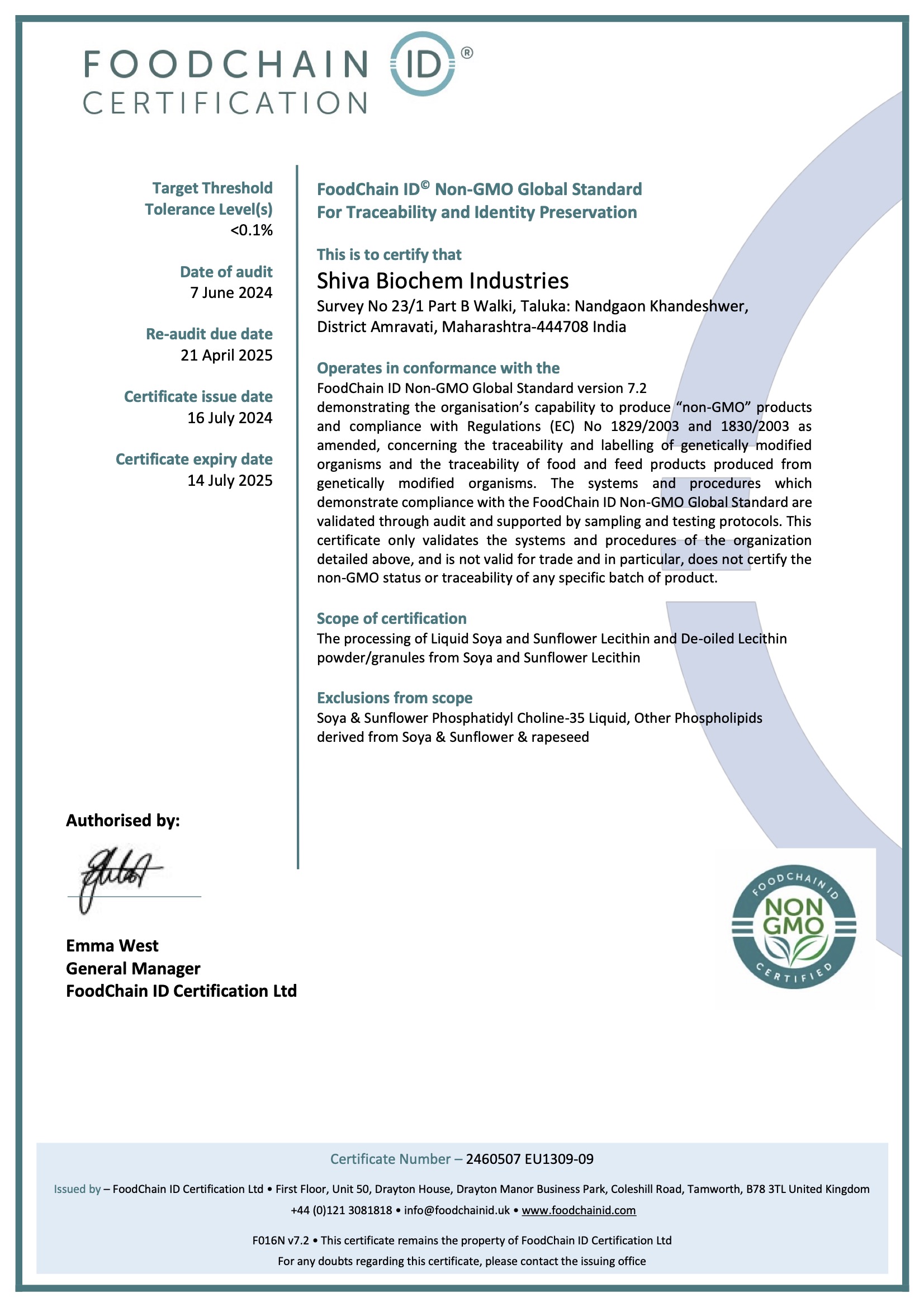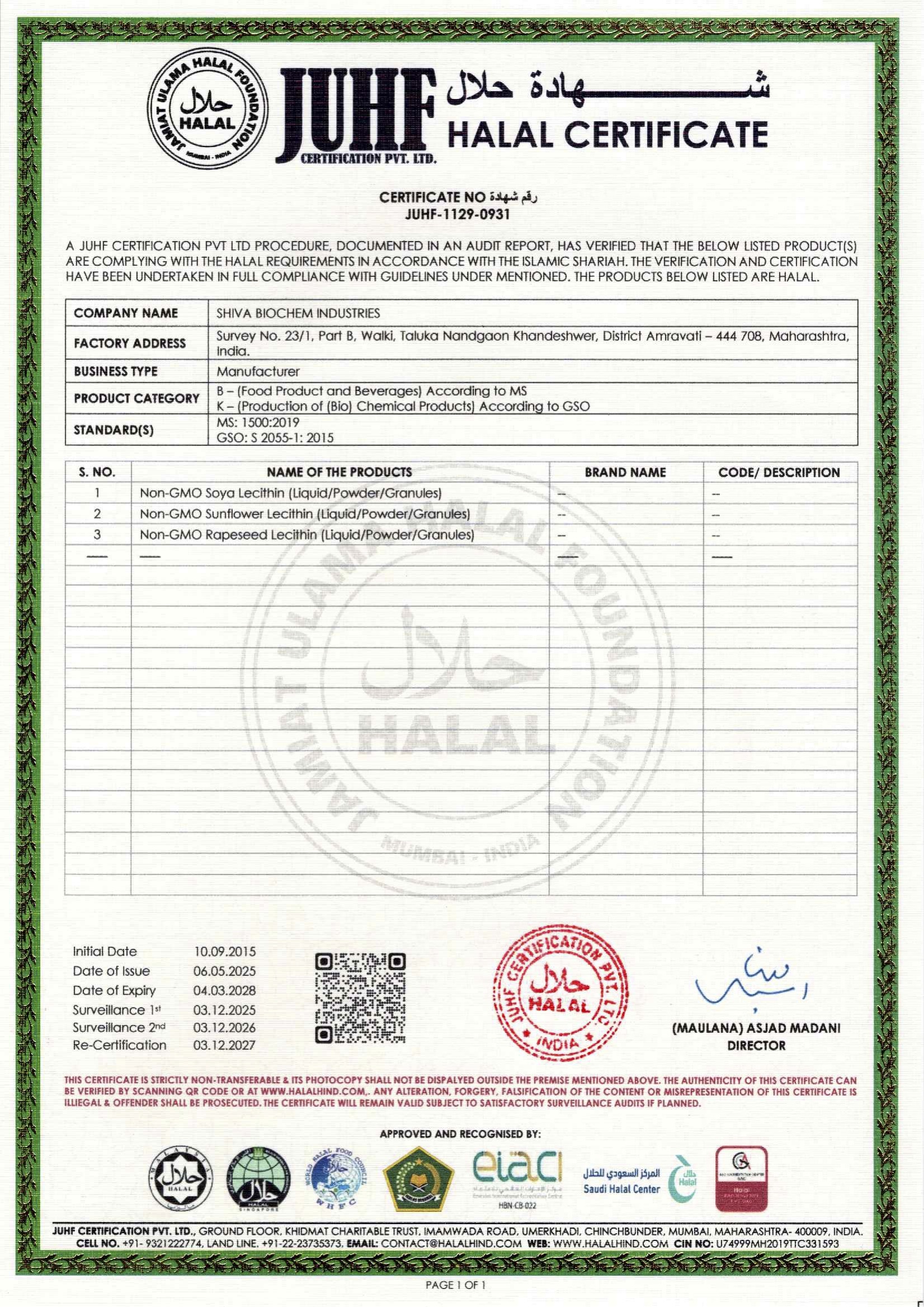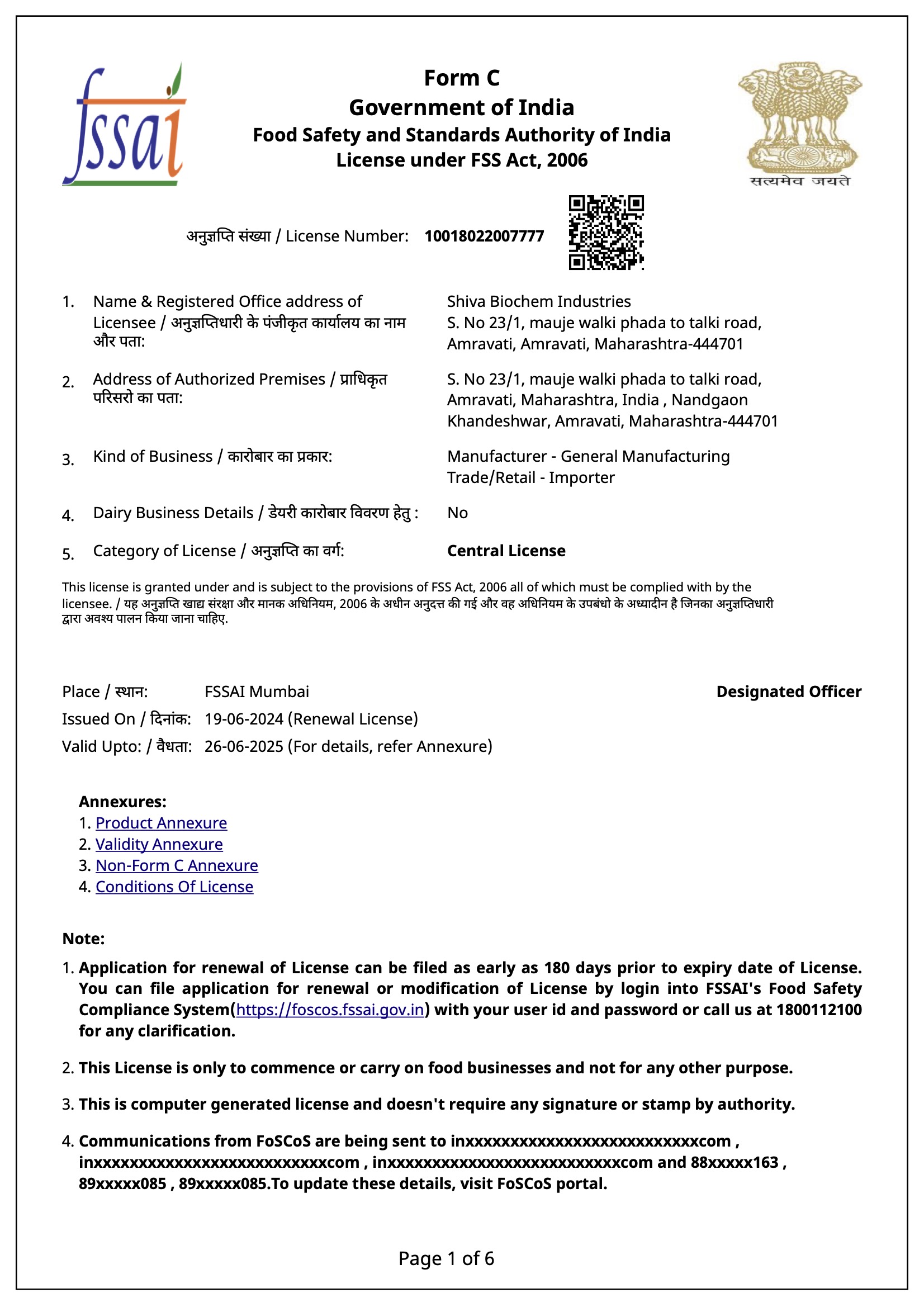Sunflower
Lecithin
Sunflower Lecithin powder
Sunflower Lecithin Powder Food Grade Min. 95% phospholipids content. It is cream colored free flowing powder which is Non-GM and Non-allergen by origin.
Sunflower Lecithin Powder Non-GM, PC enriched min 30%
Sunflower Lecithin Powder Min. 97% phospholipids content is cream colored free flowing powder Non-
GM and Non-allergen by origin, guaranteed Phosphatidylcholine content min 30%.
Sunflower Lecithin Granules
Sunflower Lecithin granules Min. 97% phospholipids content is cream colored free flowing powder Non-
GM.
Sunflower Lecithin Liquid Hydrolyzed
Hydrolyzed sunflower lecithin produced using phospholipase A1 from world leader Novozymes. It has a high HLB (Hydrophilic-Lipophilic Balance) rating, making it more water-soluble than powder lecithins.
Sunflower Lecithin Liquid
Sunflower Lecithin is viscous, yellow to brown liquid, mixture of phospholipids in a free flowing form derived from sunflower seeds oil extraction followed by water degumming. Sunflower Lecithin is non-GM & Non-Allergen by origin.
Soy
Lecithin
Soy Lecithin powder non-GMO
Soy Lecithin Powder Min. 97% phospholipids content. It is cream colored free flowing powder Non-GM.
Soy Lecithin powder NON-GMO PC enriched min 30%
Soy Lecithin Powder Min. 97% phospholipids content. It is cream colored free flowing powder Non-GM, guaranteed Phosphatidylcholine content min 30%.
Soy Lecithin Granules
Soy Lecithin granules Min. 97% phospholipids content is cream colored free flowing powder Non-GM.
Soy Lecithin Liquid Hydrolyzed Non Gmo
Hydrolyzed soy lecithin produced using phospholipase A1 from world leader Novozymes. It has a high HLB (Hydrophilic-Lipophilic Balance) rating, making it more water-soluble than powder lecithins.
Soy Lecithin Liquid non-GMO
Soy Lecithin is viscous, yellow to brown liquid, mixture of phospholipids in a free flowing form derived from soy beans by oil extraction followed by water degumming, produced from non GMO beans.
Our products
Soy Lecithin powder non-GMO
Soy Lecithin Powder Min. 97% phospholipids content. It is cream colored free flowing powder Non-GM.
Soy Lecithin powder NON-GMO PC enriched min 30%
Soy Lecithin Powder Min. 97% phospholipids content. It is cream colored free flowing powder Non-GM, guaranteed Phosphatidylcholine content min 30%.
Soy Lecithin Granules
Soy Lecithin granules Min. 97% phospholipids content is cream colored free flowing powder Non-GM.
Soy Lecithin Liquid Hydrolyzed Non Gmo
Hydrolyzed soy lecithin produced using phospholipase A1 from world leader Novozymes. It has a high HLB (Hydrophilic-Lipophilic Balance) rating, making it more water-soluble than powder lecithins.
Soy Lecithin Liquid non-GMO
Soy Lecithin is viscous, yellow to brown liquid, mixture of phospholipids in a free flowing form derived from soy beans by oil extraction followed by water degumming, produced from non GMO beans.
Sunflower Lecithin powder
Sunflower Lecithin Powder Food Grade Min. 95% phospholipids content. It is cream colored free flowing powder which is Non-GM and Non-allergen by origin.
Sunflower Lecithin Powder Non-GM, PC enriched min 30%
Sunflower Lecithin Powder Min. 97% phospholipids content is cream colored free flowing powder Non-
GM and Non-allergen by origin, guaranteed Phosphatidylcholine content min 30%.
Sunflower Lecithin Granules
Sunflower Lecithin granules Min. 97% phospholipids content is cream colored free flowing powder Non-
GM.
Sunflower Lecithin Liquid Hydrolyzed
Hydrolyzed sunflower lecithin produced using phospholipase A1 from world leader Novozymes. It has a high HLB (Hydrophilic-Lipophilic Balance) rating, making it more water-soluble than powder lecithins.
Sunflower Lecithin Liquid
Sunflower Lecithin is viscous, yellow to brown liquid, mixture of phospholipids in a free flowing form derived from sunflower seeds oil extraction followed by water degumming. Sunflower Lecithin is non-GM & Non-Allergen by origin.
Margarine/Low-Fat Spreads
• Type: Standard lecithin liquid, PC-enriched lecithin, or hydrolyzed lecithin liquid.
• Functions: Anti-spattering agent by forming a phospholipid film around water droplets. Improves stability, processing, and sensory properties in low-fat spreads.
• Margarines are water-in-oil (W/O) emulsions containing at least 80% fat and up to 18% water or milk. The emulsion is prepared by mixing a pasteurized water phase (including milk protein, citric acid, and salt) into a continuous oil phase (including fats, oils, monodiacylglycerols, and lecithin). Lecithin acts as an anti-spattering agent by forming a phospholipid film around water droplets, preventing coalescence and enabling slow water evaporation during frying. Salted margarine typically uses 0.3–0.8% standard lecithin, while salt-free varieties require PC-enriched or enzymatically hydrolyzed lecithins due to their reduced calcium sensitivity.
For health-conscious consumers, low-fat spreads with 20–60% fat offer alternatives to full-fat margarine. These spreads are stabilized with lecithin and monoacylglycerols, with gelatine used to adjust viscosity and enhance mouthfeel. Although low-fat spreads are unsuitable for frying, lecithin improves their processing, stability, and sensory properties.
Bread
• Type: Hydrolyzed lecithin liquid.
• Functions: Enhances dough elasticity, fermentation tolerance, and volume by forming H-bridges with gluten. Retards starch retrogradation to prevent staling and extend shelf life.
• Volume and freshness are key quality factors in yeast-leavened products like bread, and lecithins, especially hydrolyzed lecithin, play a significant role in enhancing these properties. Phospholipids form H-bridges with wheat gluten, creating a lipoprotein effect that improves protein lubrication, elasticity, baking volume, and fermentation tolerance, resulting in better dough handling.
Hydrolyzed lecithin, effectively complexes with amylose in wheat starch, retarding amylase recrystallization to prevent staling and enhance crumb freshness and shelf life. These functional properties are comparable to or better than synthetic emulsifiers like DATA, GLP, and polysorbates.
In regions with weaker wheat gluten quality due to climate, bread improvers containing lecithins, emulsifiers, ascorbic acid, and enzymes help optimize baking performance. These solutions allow bakers to achieve high-quality bread with extended shelf life, regardless of wheat variability.
Soft Pretzels
• Type: De-oiled lecithin.
• Functions: Reduces dough stickiness, improves machineability, and enhances surface gloss.
• Adding 1% oil-free lecithin reduces dough stickiness, enhances machineability, speeds up processing, and improves surface gloss while minimizing defects.
Cookies
• Type: Standard lecithin liquid.
• Functions: Ensures shortening dispersion, enables fat reduction, and reduces dough stickiness for better machinability.
• Lecithin ensures proper shortening dispersion, allowing for up to 30% fat reduction in light cookie recipes. It also reduces dough stickiness, enabling machine processing even in low-fat formulations.
Release Agents
• Type: Hydrolyzed lecithin liquid.
• Functions: Prevents sticking on cooking surfaces and molds, reducing product loss and cleaning needs.
• Lecithin-based release agents, often combined with waxes and vegetable oils, prevent sticking on cooking surfaces, molds, and oven belts. These agents are widely used in North America, improving production efficiency by reducing product loss, cleaning needs, and downtime.
A typical pump spray formulation consists of 25% MCT oil, 65% vegetable oil and 10% hydrophilic lecithin. In the case of, e.g., meat casings an aqueous lecithin solution is used in the belt container. Less stickiness gives less product loss, less cleaning stops and costs and therefore higher production throughput.
Chocolate
• Type: Standard lecithin liquid (0.3–0.5%).
• Functions: Reduces viscosity, improves flow during tempering, molding, and enrobing, and facilitates fat crystal dispersion.
• Lecithin plays a crucial role in chocolate production as a standard emulsifier, typically added at 0.3–0.5% during the conching process. Its key functions include:
1. Reducing viscosity for smoother processing.
2. Improving flow properties during tempering, molding, and enrobing by lubricating sugar and cocoa particles.
3. Enhancing the flow of the chocolate mass by facilitating the dispersion of fat crystals in molten chocolate.
Agglomerated Instant Powders
• Type: De-oiled and Hydrolyzed lecithins.
• Functions: Enhances hydration, flow, and stability in milk powders (0.3–1.5%) and cocoa powders (up to 5%), preventing clumping and fat exudation.
• Lecithin is widely used in instant and infant foods as a wetting and dispersing agent, improving hydration, flow properties, and stability.
1. Milk Powders: Lecithin reduces surface tension and forms interactions with proteins, enabling controlled hydration. It is applied during the agglomeration of whole milk powder (WMP) and fat-filled milk powder (FFMP) to coat particles, enhance flowability, prevent dusting, and improve dispersion. Typical lecithin usage ranges from 0.3–1.5%.
Hydrophilic lecithins are also used in co-spray drying processes for instantized powders, balancing wetting and preventing clumping in protein powders.
2. Instant Cocoa Powders: Lecithin increases hydrophilicity, aiding the dispersion of cocoa particles in water or milk. It prevents fat exudation from cocoa powder and is added either during cocoa cake processing (up to 5%) or sprayed during ingredient agglomeration (up to 1.5%). This ensures smooth mixing and better shelf stability.
Lecithins also improve heat stability in reconstituted milk, supporting both functional performance and product quality across various instant food applications.
